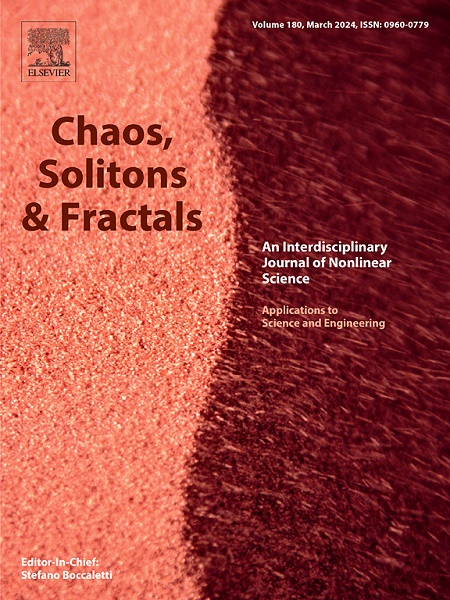中国地铁交通模式:基于出行母题和熵分析的多城市比较研究
IF 5.6
1区 数学
Q1 MATHEMATICS, INTERDISCIPLINARY APPLICATIONS
引用次数: 0
摘要
人类流动性在时间和空间尺度上存在显著差异,并表现出明显的特征。然而,测量人类流动性的精确方法和指标仍然缺乏,不同时空尺度和社会群体的潜在机制仍未被探索。为了揭示城市出行模式的规律性,我们提出了针对不同类型熵值的统计方法。我们引入了出行链和出行主题的概念,为观察用户的出行行为、选择、偏好等特征提供了多元化的视角。我们的研究结果表明,具有相同旅游动机的用户在每个城市的比例相似,并且在其主题类别中遵循一致的旅行规律。鉴于理解人类流动性的重要性,我们强调需要定量模型来解释个体人类轨迹的统计特征。为了解决这个问题,我们引入了优先回报(PR)模型,该模型解释了观察到的尺度规律,并解析模拟了用户的出行行为。我们的模型和相关规则在个体层面上建立了一个潜在的机制,能够解释具有不同旅行特征的各种人类移动行为。这些分析和解释在重现人类运动模式方面有重要的应用。本研究为理解和优化城市交通管理,提高公共服务效率,促进城市可持续发展提供了科学依据。我们相信这些见解将有助于社会的和谐进步。本文章由计算机程序翻译,如有差异,请以英文原文为准。
Unraveling metro mobility patterns in China: A multi-city comparative study using travel motifs and entropy analysis
Human mobility varies significantly across temporal and spatial scales and exhibits distinct characteristics. However, precise methods and metrics for measuring human mobility are still lacking and the underlying mechanisms across different spatiotemporal scales and social groups remain unexplored. To uncover the regularity of urban travel patterns, we propose statistical methods focused on different types of entropy values. We introduce the concepts of mobility chains and travel motifs to provide diversified perspectives to observing users’ travel behaviors, choices, preferences and other characteristics. Our findings reveal that users with the same travel motifs share similar proportions in each city and follow consistent travel regularities within their motif categories. Given the importance of understanding human mobility, we emphasize the need for quantitative models that account for the statistical characteristics of individual human trajectories. To address this, we introduce the Preferential Return (PR) model, which explains the observed scaling laws and analytically simulates users’ travel behaviors. Our model and associated rules establish an underlying mechanism at the individual level, capable of explaining a variety of human mobility behaviors with different travel characteristics. These analyses and explanations have significant applications in reproducing human movement patterns. Our study provides a scientific basis for understanding and optimizing urban traffic management, enhancing public service efficiency, and promoting sustainable urban development. We believe these insights will contribute to the harmonious progress of society.
求助全文
通过发布文献求助,成功后即可免费获取论文全文。
去求助
来源期刊

Chaos Solitons & Fractals
物理-数学跨学科应用
CiteScore
13.20
自引率
10.30%
发文量
1087
审稿时长
9 months
期刊介绍:
Chaos, Solitons & Fractals strives to establish itself as a premier journal in the interdisciplinary realm of Nonlinear Science, Non-equilibrium, and Complex Phenomena. It welcomes submissions covering a broad spectrum of topics within this field, including dynamics, non-equilibrium processes in physics, chemistry, and geophysics, complex matter and networks, mathematical models, computational biology, applications to quantum and mesoscopic phenomena, fluctuations and random processes, self-organization, and social phenomena.
 求助内容:
求助内容: 应助结果提醒方式:
应助结果提醒方式:


